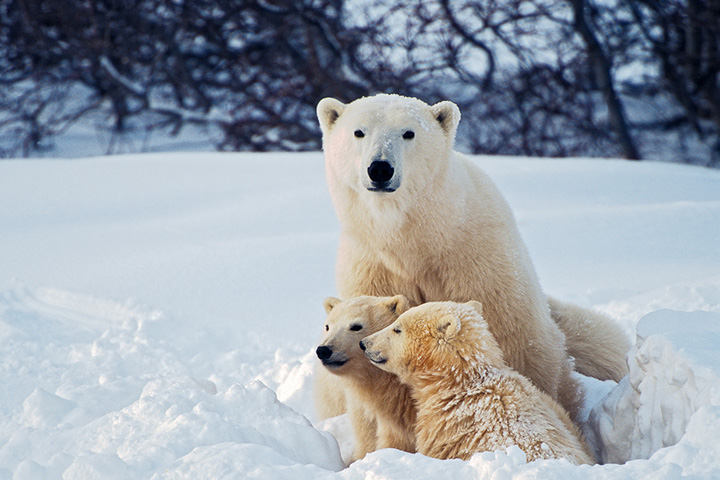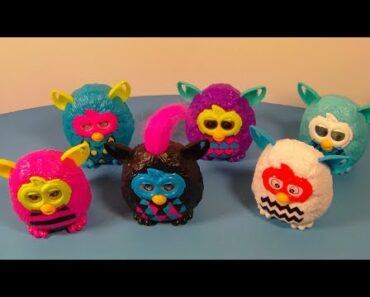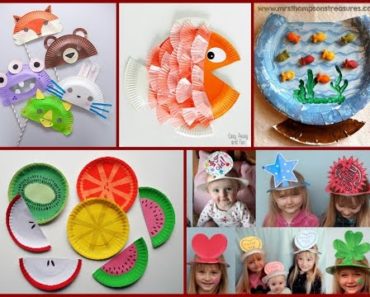image: iStock
The Arctic is home to polar bears, the largest land carnivores. These animals look deceptively cute and cuddly in pictures, but if you were to encounter one lumbering across snow-covered expanses, you would find them intimidating due to their sheer size.
Standing at a maximum height of 11 feet and weighing over 1,700 pounds, the polar bear is an imposing animal (1). As they are mostly confined to the north of the Arctic region, most of us are not very familiar with how polar bears live or hunt.
Read on as we give you interesting pieces of information and tell you a few polar bear facts for kids.
Basic Information About Polar Bears For Kids
Introduce your children to this huge beast with some of these basic facts (2) (3).
- Where do polar bears live?
You are most likely to find polar bears in the north of the Arctic Circle. Some of them may be found in Alaska, Greenland, and Russia, while a few can be spotted in the northern islands, such as Svalbard. About 60-80% of the world’s total polar bear population is known to be found in Canada, and it is estimated that there are 22,000-31,000 polar bears in the wild.
- What do polar bears look like?
Polar bears are heavy, four-legged creatures with a long, pointed snout that lets them easily hunt their favorite food, ringed seals, in the cold Arctic environment. The polar bear’s head and body are elongated and more streamlined when compared with other bear species. This, combined with their wide paws, helps them swim easily.
- What is the actual color of polar bears?
The fur of the polar bear looks white, but it is not. Polar bear skin is black, and the fur is transparent. The strands of fur have hollow cores, and these make the bear appear white when they reflect the white color of the snow. The transparent fur also helps the bear stay warm because the sun’s heat is reflected down the hair shaft towards the bear’s skin.
The favorite food of polar bears is ringed seal. The seal fat helps them keep warm in the harsh winter. Polar bears wait patiently beside breathing holes in the ice for their seal meal. When the seals pop up for air, the bear bites and drags them out onto the ice to eat them.
- Do polar bears scream when they poop?
It’s a funny myth that does the rounds, but no one knows if polar bears scream or roar when they poop. These bears are wild animals, and given their size and weight, they can be dangerous too. No researcher has gotten close enough to a pooping polar bear to state with certainty that these animals make any kind of noise.
25+ Facts About Polar Bears For Kids
Here are some interesting facts about polar bears that children would love to know (4) (5) (6) (7)(8) (9) (10) (11) (12).
- The Latin name for polar bears is “Ursus maritimus.” The term literally means ‘sea bear,’ and it is given to polar bears because they live most of their lives in and around the ocean.
- A group of polar bears is called a celebration!
- A polar bear baby is just about a foot long when it is born. But it grows fast thanks to the fat content in the mother’s milk.
- Polar bears almost entirely subsist on meat, and a reduction in the number of seals poses a significant threat to polar bears because they cannot sustain for long on other foods such as whale carcasses, walruses, or bird eggs.
- Polar bear moms typically give birth to twins. In the cruel conditions of the Arctic environment, this improves the chances of at least one baby bear surviving.
- Mama bears usually keep their cubs with them for about two and a half years, teaching them the skills they need to survive in harsh climatic conditions.
- The polar bear is the only bear species that is deemed a marine mammal. However, they are only partially aquatic. Compared with other aquatic mammals, polar bears are not as skilled in the water.
- The footpads of polar bears are designed perfectly for walking on slippery ice. They have tiny bumps called papillae all over the footpad, which lets them get a good grip while walking on the slippery surface. Their thick, sharp, and strong claws let them hold on to the ice.
- While polar bears are not as fast as seals, they can reach a speed of six miles per hour in the water, which is impressive given the animal’s size.
- Polar bears have to work extremely hard for their food. Just about 2% of their hunting expeditions meet with success. Their favorite prey, the ringed seals and bearded seals, are not easy to catch.
- Polar bears are listed as a vulnerable species, and the biggest threat to their existence comes from climate change.
- Polar bears lived 130,000 years ago, and we know this because the oldest known polar bear fossil is that old.
- The polar bear tears into the flesh of its prey with 42 sharp teeth, which include jagged ones at the back and large canines.
- Polar bears have a strong sense of smell. They can smell a seal that is 20 miles away on the ice. They can even smell a seal underwater from half a mile away.
- Polar bear males often weigh twice as much as females.
- A four-inch-thick layer of fat allows polar bears to stay warm in the chilly environs they populate. The seal fat they consume further helps in retaining this fat layer as a cushion against the biting cold.
- If you find a polar bear taking a roll in the snow, they are probably taking a ‘bath.’ This is how these bears keep their fur clean.
- The front paws of the polar bear are slightly webbed. This helps them swim.
- Scientists can extract the DNA of a polar bear and the latest seal they ate from just their footprints in the snow.
- Male polar bears reach full size between the ages of eight and fourteen and females between the ages of five and six.
- Strong swimmers that they are, polar bears are capable of swimming 30 miles at one go in the chilly water without trouble.
- Polar bears beg for food by approaching low to the ground, slowly circling the carcass, and touching the nose of the bear in charge!
- Female polar bears can go for up to eight months without food using the stored body fat to tide them over a long fasting period. They can slow down their metabolism in such situations.
- A polar bear can eat 100 pounds of blubber (fat of mammals) in a single sitting.
- Polar bears can live for about 25 years in the wild. When they grow too weak to hunt properly, they die of starvation.
- Polar bear numbers are estimated to decline by 30% by 2050.
The Arctic polar bear has been listed as a threatened species in the Endangered Species Act, 2008 in the US. With global warming eroding sea ice, these magnificent animals are facing a severe crisis. You can do your bit towards protecting the environment and curbing global warming by educating your little ones and telling them how we can help.


































